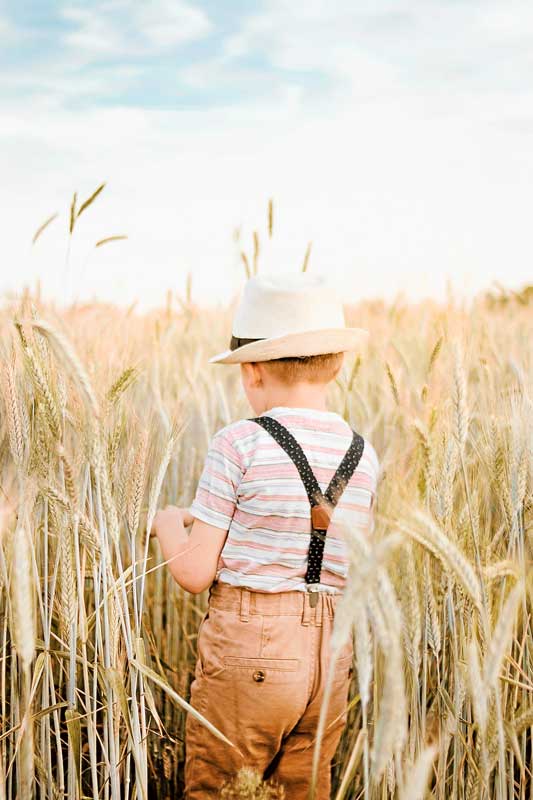

Farms typically combine the family home and an industrial workplace, which means children are exposed to a wide range of hazards that aren’t present in urban home environments.
Common injury hazards for children on farms include vehicles (e.g. tractors, motorbikes and quad bikes), animals, water hazards (e.g. dams, rivers, creeks and animal drinking troughs), machinery and poisons.
Hazards such as vehicles, machinery and animals can’t be permanently removed from a farm, so it’s important that practical measures are put in place to help protect children. Establishing a safe play area that is securely fenced, as well as ensuring that children are always actively supervised by an adult, are effective ways to separate children from these hazards and provide a clear boundary between the home and work spaces.
Statistics from the Victorian Injury Surveillance Unit (VISU) reveal that 388 Victorian children aged 0-14 years were treated in hospital in 2018/19 due to a farm related injury (302 emergency department presentations and 86 hospital admissions/transfers) – approximately 7 per week.
Farm safety tips include:
- Have age appropriate jobs for children and restrict their involvement in dangerous tasks.
- Ensure children are always buckled up appropriately for their size and age when travelling in vehicles on the farm. Don’t allow children to ride in trailers or in the back of utes.
- Kidsafe does not recommend that children under 16 years old ride or be a passenger on a quad bike.
- Ensure all poisons are kept in their original containers and stored away in a locked area out of the sight and reach of children.
- All families and farm workers should know correct first aid procedures to ensure they are prepared in the event of an emergency.





